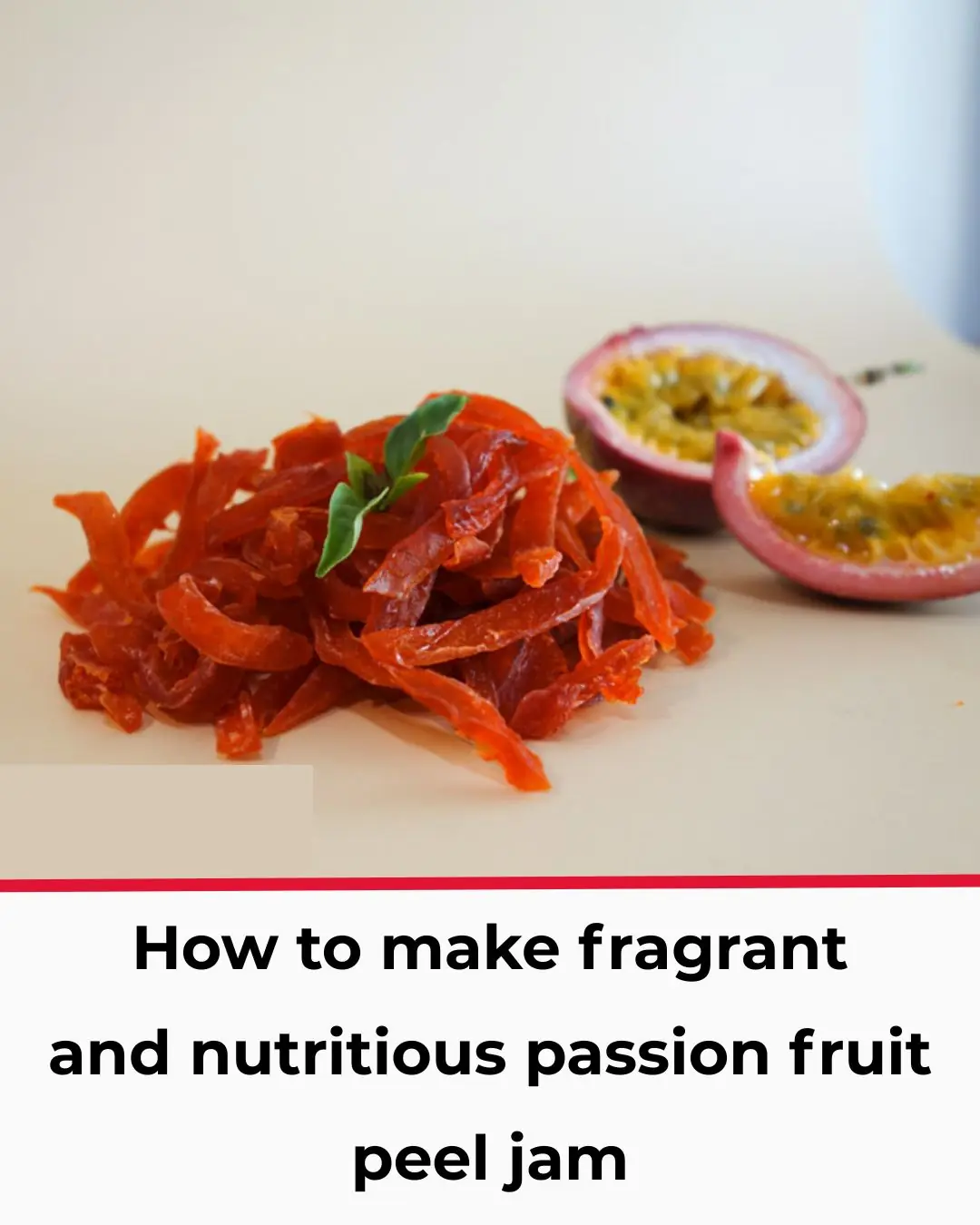
Shrimp seller tips: How to distinguish farmed shrimp from wild shrimp in just a few seconds of observation
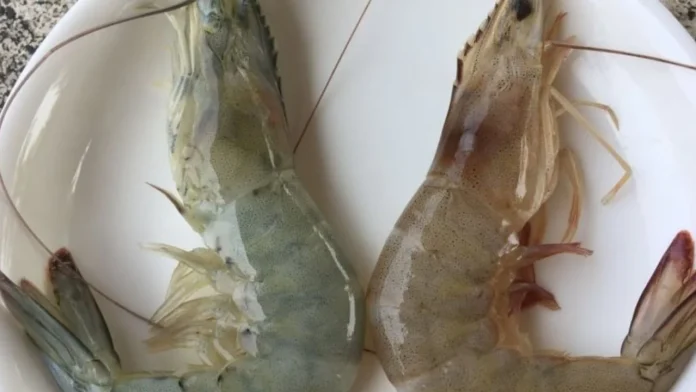
How to Tell the Difference Between Wild and Farmed Shrimp – and Delicious Recipes to Try
Buying shrimp at the market may seem simple, but not everyone can easily tell whether they are purchasing wild-caught shrimp or farmed shrimp. Shrimp is a highly nutritious source of protein and calcium, often used in family meals. Wild shrimp, in particular, have a naturally sweet flavor and firm texture that make every dish more flavorful and satisfying than their farmed counterparts.
However, many people still find it difficult to distinguish between the two types. Fortunately, the differences are quite easy to recognize once you know what to look for — a few quick tips from experienced seafood vendors can help you choose the freshest and most authentic shrimp every time.
How to Differentiate Wild and Farmed Shrimp
When shopping at the market, it’s common for buyers to simply choose shrimp from any stall without much consideration. Yet, knowing how to tell wild shrimp from farmed ones is essential — not only because wild shrimp usually taste better, but also because they are more expensive. Some dishonest sellers may try to sell farmed shrimp as wild to gain extra profit. To protect yourself and your family, here’s how you can spot the difference easily:
-
Color and Shell Texture:
Farmed shrimp often have darker, duller shells, and their flesh tends to be softer with less elasticity. In contrast, wild shrimp usually have lighter, more translucent shells, and the meat is firm and slightly crunchy when cooked. -
Smell and Freshness:
Wild shrimp emit a light, pleasant ocean scent, while farmed shrimp may have a faint muddy or chemical odor due to the water quality in which they were raised. Always go for shrimp that smell clean and fresh. -
Movement and Appearance:
When buying live shrimp, choose those that swim actively, jump strongly, and have shiny, intact shells. The legs and antennae should not be broken, and the flesh should cling tightly to the shell. These are clear signs of freshness and quality. -
Check Cooked Shrimp:
If you’re buying boiled or pre-cooked shrimp, gently pull the shrimp straight and hold it under light. Look at the gaps between the shell segments. If the spaces are wide, it means the shrimp is no longer fresh — it may have been frozen for a long time or overcooked.
Delicious Shrimp Dishes to Try at Home
1. Glass Noodles with Shrimp (Miến Nấu Tôm)
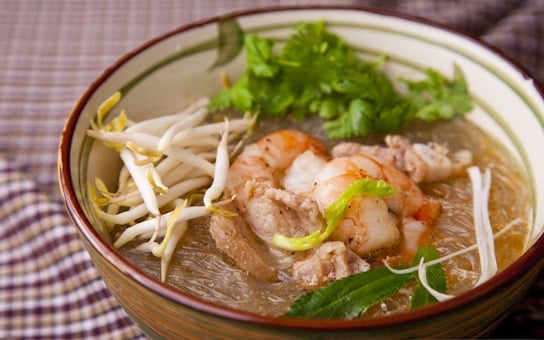
If you’re looking to refresh your family’s menu, this dish offers a perfect blend of chewy glass noodles and tender, sweet shrimp. It’s light yet flavorful — ideal for both breakfast and dinner.
Step 1: Peel and devein the shrimp.
Step 2: In a pan, heat a little oil and sauté minced shallots, ginger, white onion, and garlic until fragrant. Add the shrimp and stir-fry until they turn pink.
Step 3: In a pot, arrange the glass noodles at the bottom, place shrimp and mushrooms on top, then season with salt, pepper, soy sauce, a splash of cooking wine, and a little water. Simmer for 5–7 minutes until the noodles are tender and infused with shrimp flavor.
Tip: For an extra aroma, drizzle a bit of sesame oil and garnish with scallions before serving.
2. Tamarind Shrimp (Tôm Rang Me)
This is a mouthwatering dish that perfectly combines the tangy flavor of tamarind with the natural sweetness of shrimp.
Step 1: Clean the shrimp and pat them dry.
Step 2: Soak tamarind pulp in warm water for about 15 minutes, then extract the juice. Mix it with sugar, fish sauce, salt, and a little chili for balance.
Step 3: Fry the shrimp until golden, set aside, then sauté minced garlic and shallots until fragrant. Return the shrimp to the pan, pour in the tamarind sauce, and toss until the sauce thickens and coats the shrimp evenly.
Serve hot with steamed rice — the sweet, sour, and savory flavors will keep everyone reaching for more.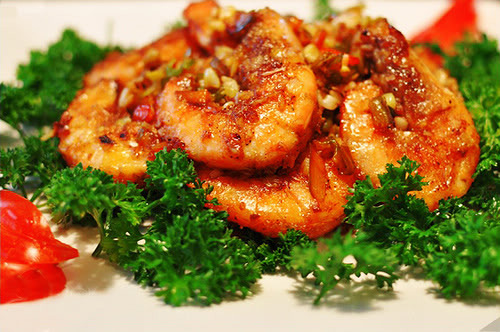
3. Caramelized Shrimp (Tôm Kho Tàu)
A traditional Vietnamese favorite, this comforting dish features shrimp simmered in a savory-sweet sauce that pairs perfectly with hot rice.
Step 1: Clean the shrimp, trim off whiskers and legs, and remove the vein on the back.
Step 2: In a small pot, combine shrimp fat (if available), sugar, fish sauce, lemon juice, and a bit of oil. Heat until the mixture turns golden brown and aromatic.
Step 3: Add the shrimp and simmer for about 20 minutes until the sauce thickens and clings to the shrimp. Sprinkle with black pepper and chopped scallions before serving.
This dish brings the cozy taste of home and is especially delightful during cooler evenings.
Final Thoughts
Learning how to distinguish between wild and farmed shrimp not only helps you make better choices at the market but also ensures the safety and flavor of your meals. Whether you prefer them boiled, stir-fried, or simmered, shrimp remain one of the most versatile and beloved ingredients in everyday cooking. With these simple tips and recipes, you’ll be able to prepare delicious, high-quality shrimp dishes that your whole family will love.
News in the same category


The refrigerator gasket is moldy, use this to clean it, it will be clean in just 5 minutes
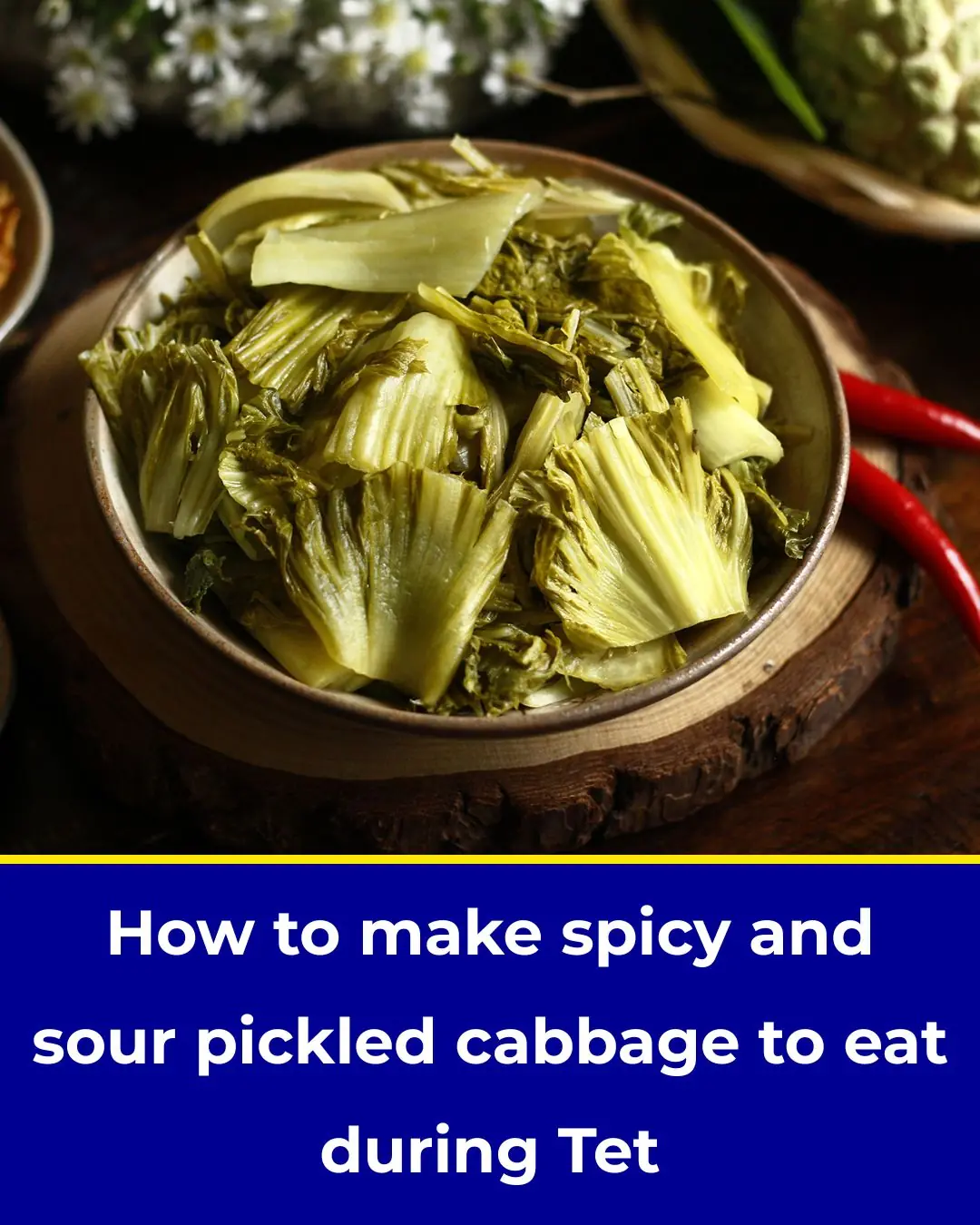
How to make spicy and sour pickled cabbage to eat during Tet

Winter drink lemon honey ginger water, body 5 special benefits

Tet candies have desiccant packets, remember to keep them because they are extremely useful.
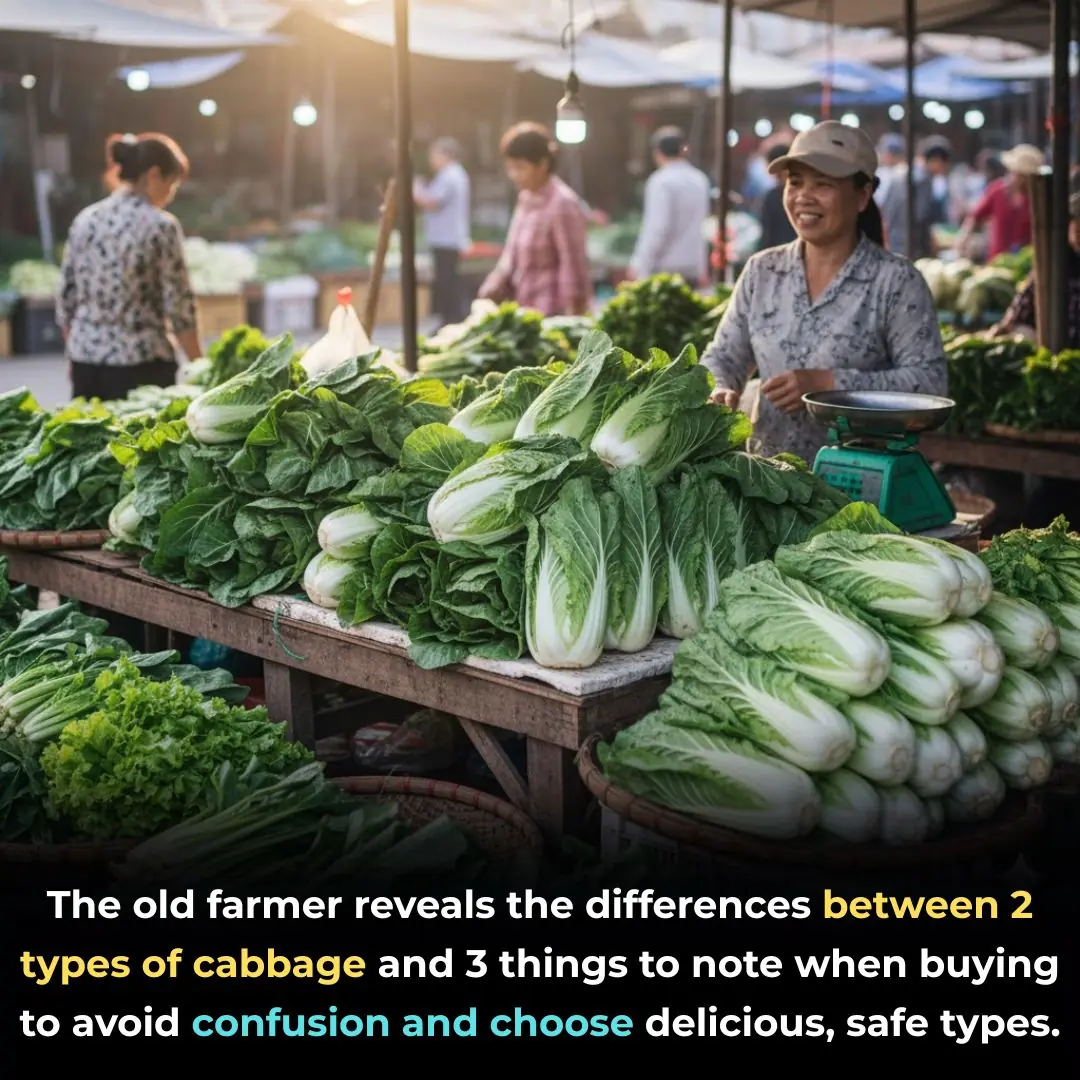
The old farmer reveals the differences between 2 types of cabbage and 3 things to note when buying to avoid confusion and choose delicious, safe types.

6 types of 'natural miracle' vegetables help the stomach get healthy every day, eat regularly for 1 week and you will see the difference

Just do these 4 things every morning, your intestines will "clean" themselves, toxins and excess fat will disappear without medication

A type of tuber grown in the bedroom, absorbs all bacteria to help the whole family stay healthy.
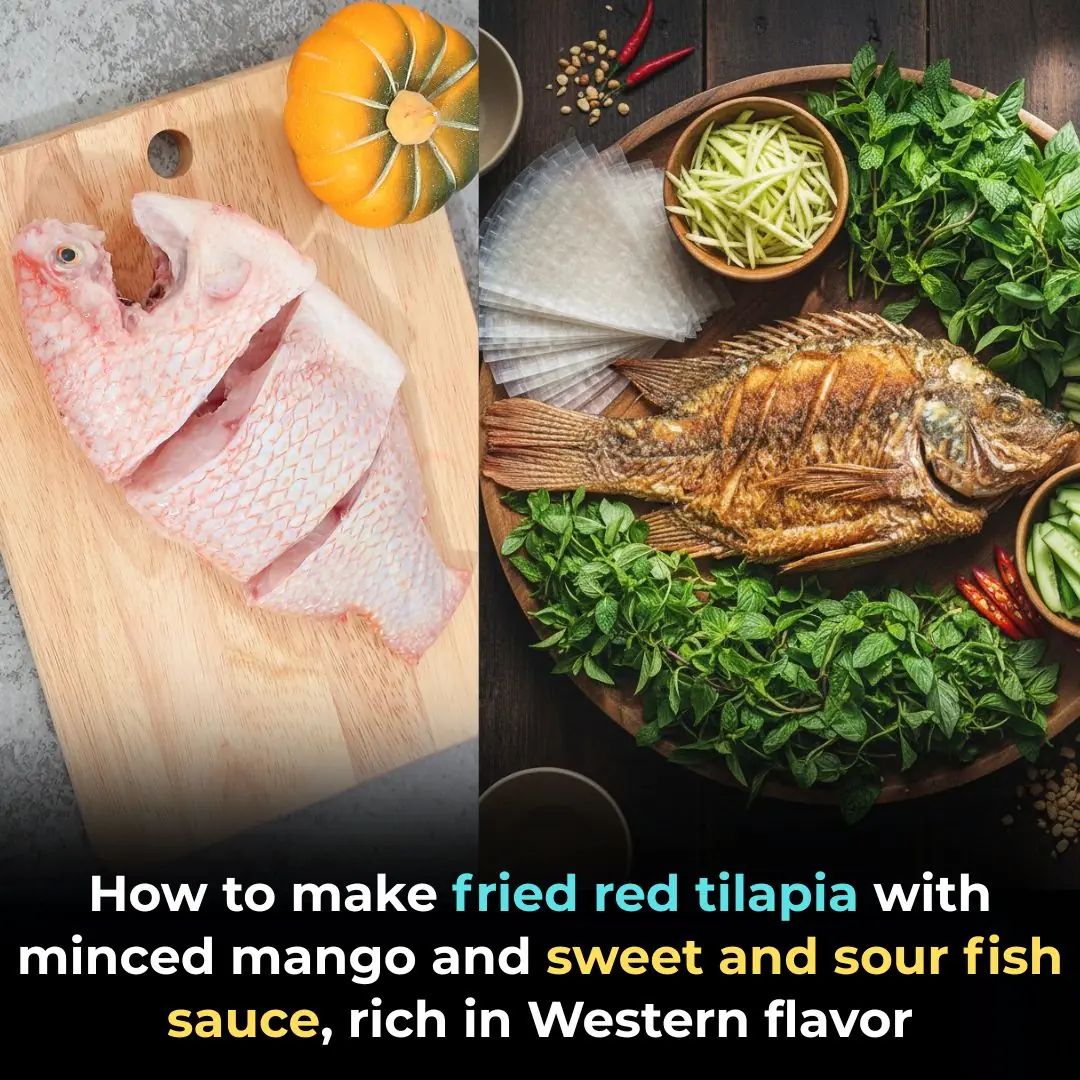
How to make fried red tilapia with minced mango and sweet and sour fish sauce, rich in Western flavor

Have a lot of mosquitoes in your house? Plant this flower and place it on your windowsill, all the mosquitoes will disappear.

Shower heads used for a long time accumulate dirt and have weak water flow: Soak in this water, dirt will automatically peel off and bacteria will be eliminated.

8 reasons why adding baking soda to your toilet tank is a must-do trick

You’re doing it all wrong. Here’s the right way to wash curtains

Most do this wrong. 10 things that make mold grow faster

Most do this wrong. 10 things that make mold grow faster

Why Many Knives Have a Round Hole: Surprising Uses You Might Not Know

Refrigerator Leaking Water and Cooling Slowly? Here’s How to Fix It Yourself in Minutes Without Calling a Technician

Why You Shouldn’t Keep Doors Fully Closed When Using Air Conditioning
News Post

Eat more, weigh less? 5 surprising ways foods can help you burn fat

What really happens to your body when you take LOSARTAN
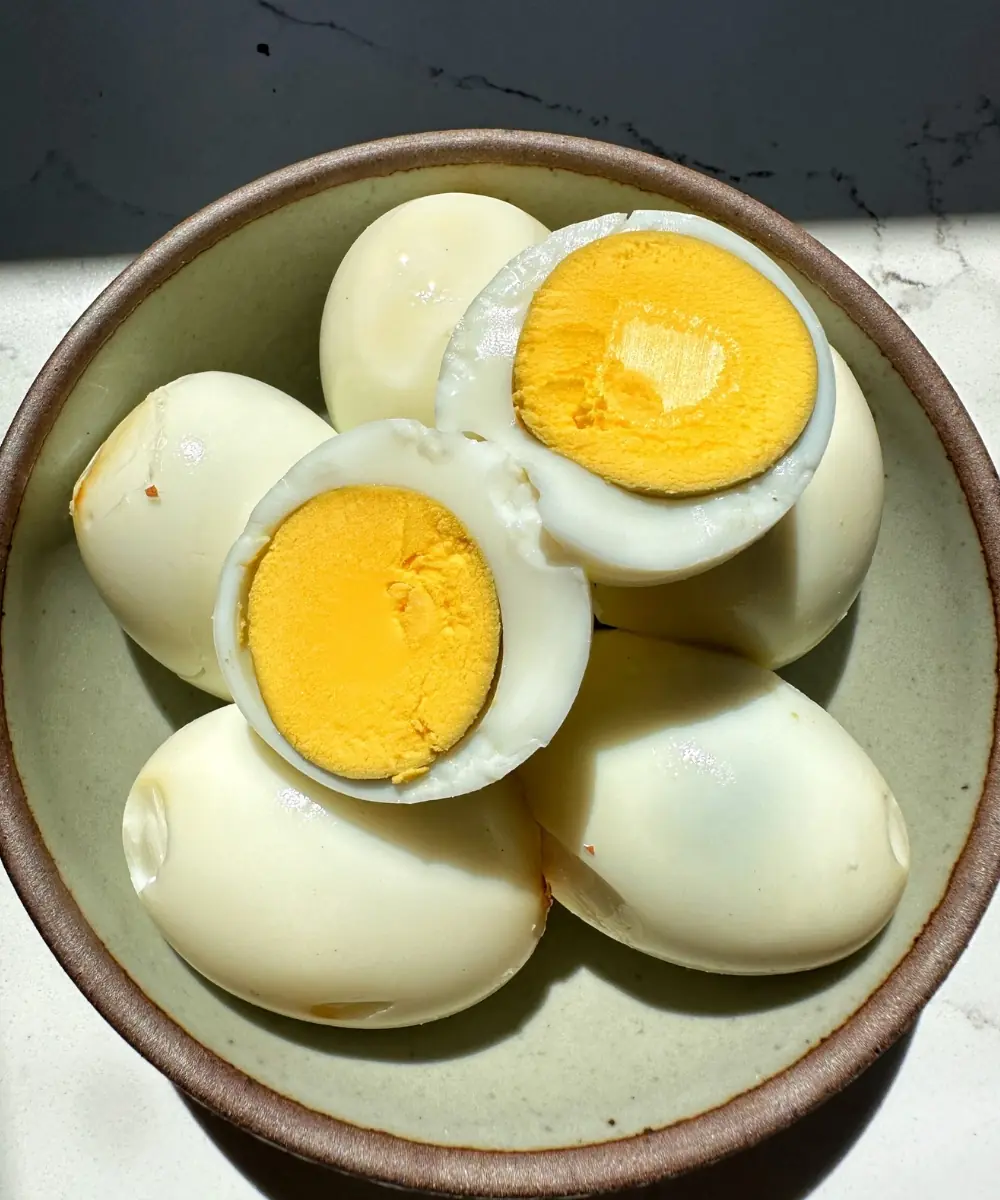
Stop Eating Eggs Immediately If Your Body Shows These 8 Signs

Sarcopenia: Causes of Muscle Loss and How to Regain Strength
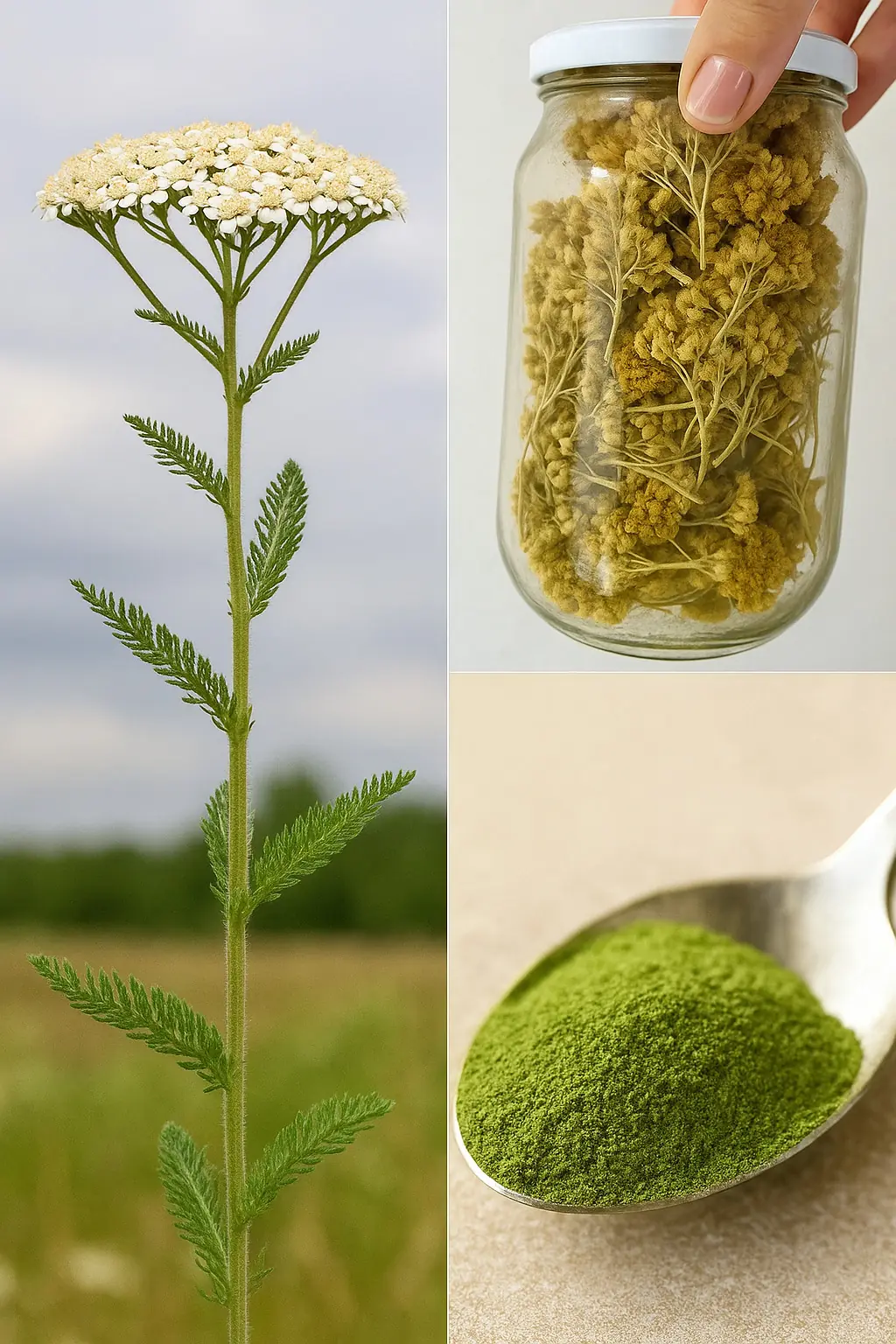
Yarrow: A Timeless Herbal Ally with Amazing Health Benefits

The Heartbeat of Compassion: The Unlikely Hero Who Saved a Hippo's Life

Zoo in Thailand Shut Down After Bears in Giant Hamster Balls Turn on Guests

A Pitcher’s Second Chance: How a High School Classmate Stepped Up to Save Steven Register’s Life

Rooting for Will: A Tuesday of Joy Before a Wednesday of Courage

Two Hearts That Needed Each Other.

The Mother Who Delivered More Than Food.

The Boy Who Paid for a Stranger’s Meal When No One Was Watching.

How To Use a Frozen Lemon To Fight Malignant Tumors in The Body

Can I Eat Without Hiding Now?

He Thought It Was Just Another Shift — Until a Life Was Placed in His Hands.

How to make fragrant and nutritious passion fruit peel jam

The refrigerator gasket is moldy, use this to clean it, it will be clean in just 5 minutes

How to make spicy and sour pickled cabbage to eat during Tet

Winter drink lemon honey ginger water, body 5 special benefits
